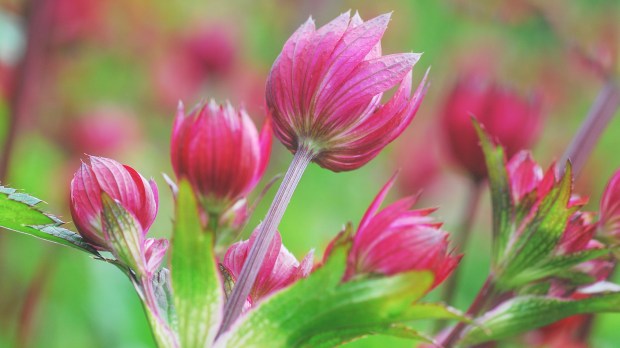Devotionals are acts of contemplative prayer that focus on a teaching brought forward through us, the Church. The devotional of the Seven Sorrows of Our Lady came from a revelation of St. Bridget of Sweden, and it’s quite simple: We meditate on one of the seven sorrows and recite one Hail Mary after each. There are also accompanying graces that our Blessed Mother told St. Bridget would be granted to those who meditate daily on her sorrows.
Creating a Seven Sorrows of Our Lady devotional garden is much the same as developing a Stations of the Cross or Rosary garden: an image or statue of Our Blessed Mother is used as the focus point, with each Sorrow sequentially placed. Listed for each Sorrow, and its accompanying grace, are a few suggestions for plants to use.
Simeon’s recognition of the Christ foretells of Mary’s suffering alongside that of her child (Lk 2:34-35).
The grace of this first sorrow: “I will grant peace to their families.”
The Butterfly Weed, Asclepias tuberosa, is symbolic of the process of spiritual transformation of letting go and trusting God in all things.
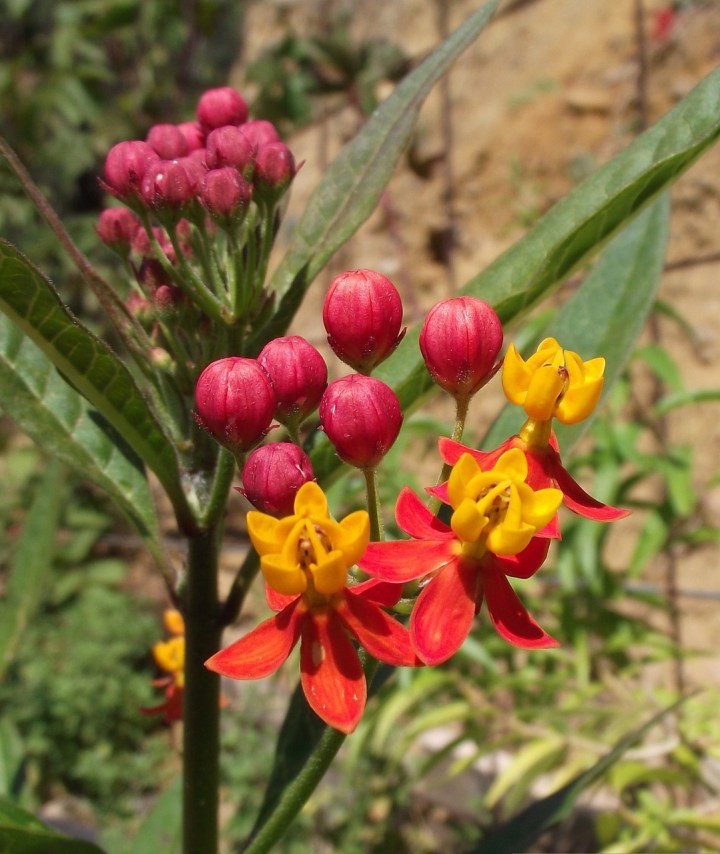
The Flight into Egypt
Here Mary, undoubtedly with fear, leaves behind everything and with St. Joseph flees to seek safety for the Christ (Mt 2:13-21).
The grace of this second sorrow: “They will be enlightened about the Divine Mysteries.”
The botanical name for Carnation, Dianthus spp., translates as ‘God’s flower.’ In their flight into Egypt, Mary and Joseph were protecting God’s flower, Jesus.
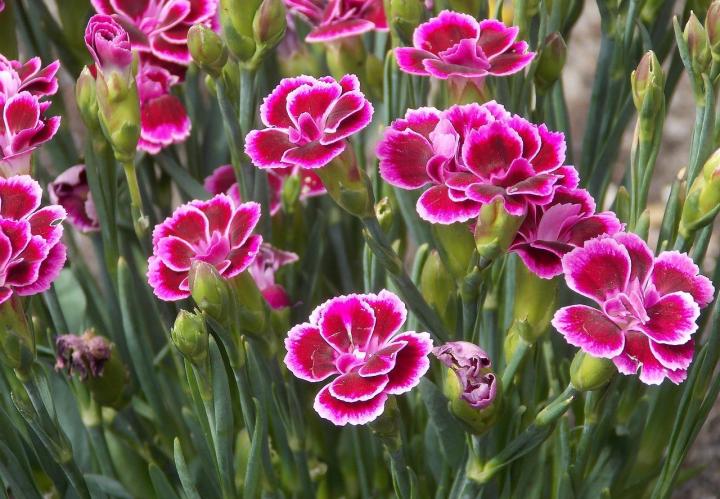
The Loss of Jesus for Three Days
It is here that again Mary shares her sorrow—and fear—with her husband Joseph as they frantically look for their Child of God (Lk 2:41-50).
The grace of the third sorrow speaks directly to needing assurance: “I will console them in their pains and I will accompany them in their work.”
The Lungwort, Pulmonaria officinalis, is colloquially known as ‘Joseph and Mary’ because of the flower’s coloring of pink and blue seen together—and it was side-by-side that Mary and Joseph searched for Jesus.
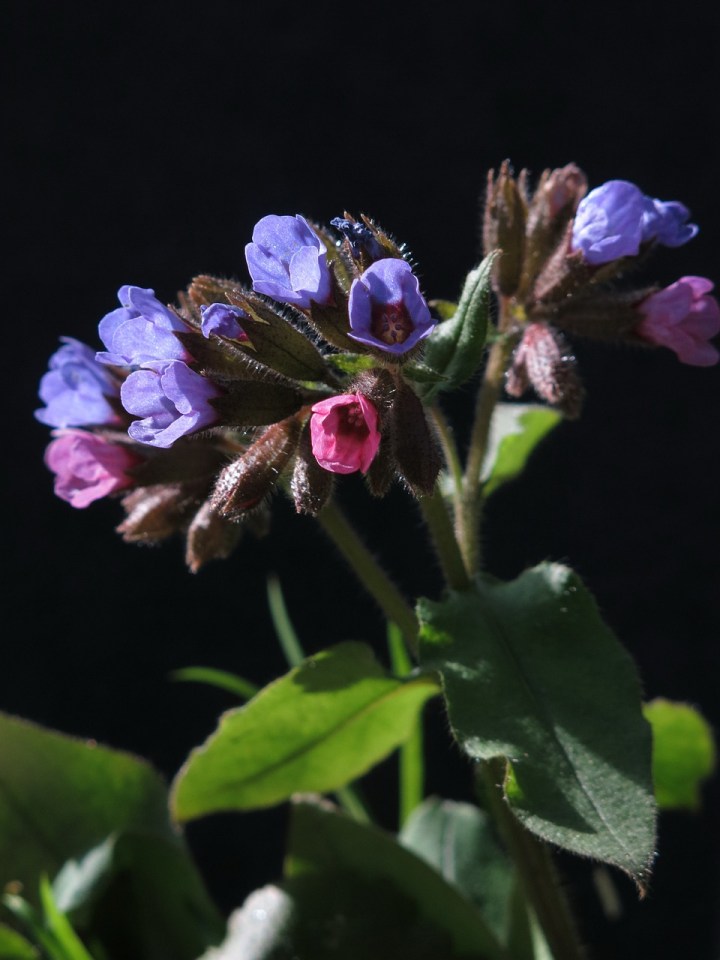
The Carrying of the Cross (aka Condemnation of Jesus)
Who of us can even imagine the magnitude of sorrow Mary must have been experiencing at this juncture of her son’s life? She, along with Jesus, had to surrender everything to God’s plan (Jn 19:17).
Her begging God for endurance is reflected in this grace: “I will give them as much as they ask for as long as it does not oppose the adorable will of my Divine Son or the sanctification of their souls.”
The Chicory, Cichorium intybus, is one tough little plant and able to withstand whatever is thrown at it. Its symbolism is endurance.

The Crucifixion of Jesus
As Jesus screamed out in agony, what a spiritual battle for courage it must have been for Mary to hold fast with faith and remain with her son (Jn 19:18-30).
Mary knew the depth of this grace: “I will defend them in their spiritual battles with the infernal enemy and I will protect them at every instant of their lives.”
The symbolism of the flowering Jerusalem Cross, Silene chalcedonica, is a burning love: the sacrifice and love of Jesus, Mary’s love and courage to stay with her son.
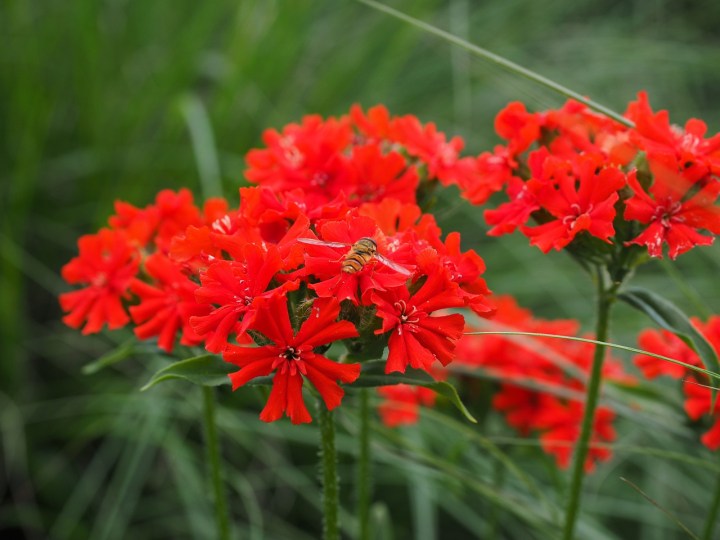
Jesus Taken Down from the Cross
The deepening sorrow of our Holy Mother may have been all consuming as she held the still warm body of her son for the last time (Jn 19:39-40).
The grace she offers for this sixth sorrow is: “I will visibly help them at the moment of their death. They will see the face of their Mother.”
The Cyclamen, Cyclamen hederifolium, is associated with death and the resignation or surrender to the end to life on earth. The white cyclamen often has red at the base of the petals, representing the Sorrowful Heart of Mary.
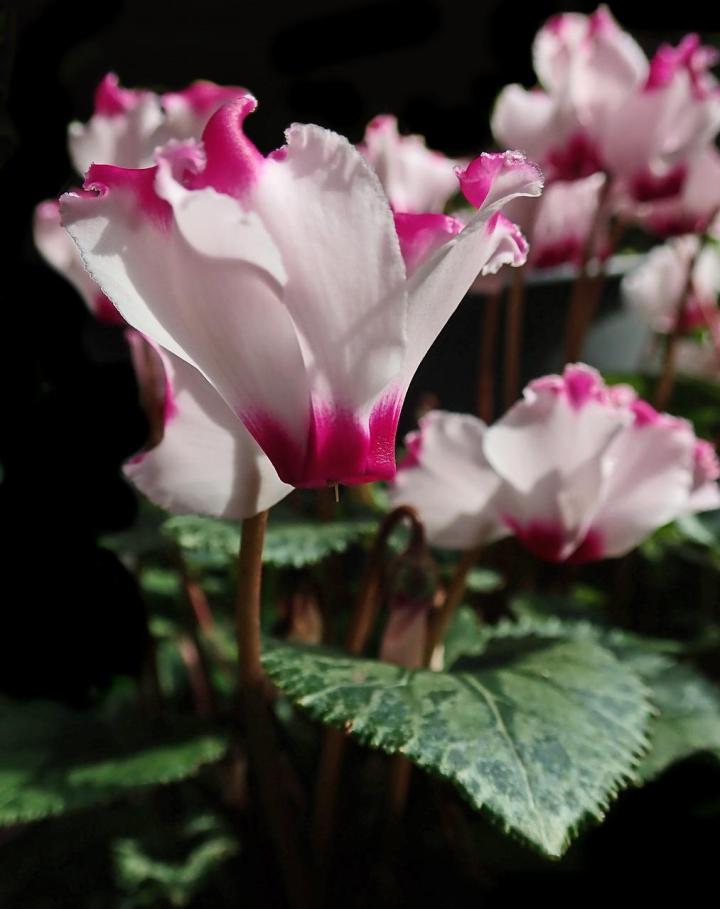
Jesus Is Laid in the Tomb
This final Sorrow is the culmination of Our Blessed Mother’s grieving, and the turning of her sorrow towards the promised resurrection (Jn 19:39-42).
Mary assures us in this final grace: “I have obtained this grace from my divine Son, that those who propagate this devotion to my tears and dolors, will be taken directly from this earthly life to eternal happiness since all their sins will be forgiven and my Son and I will be their eternal consolation and joy.”
The Speedwell, Veronica, is rich in Christian symbolism representing standing fast, fidelity to God, and saying goodbye.
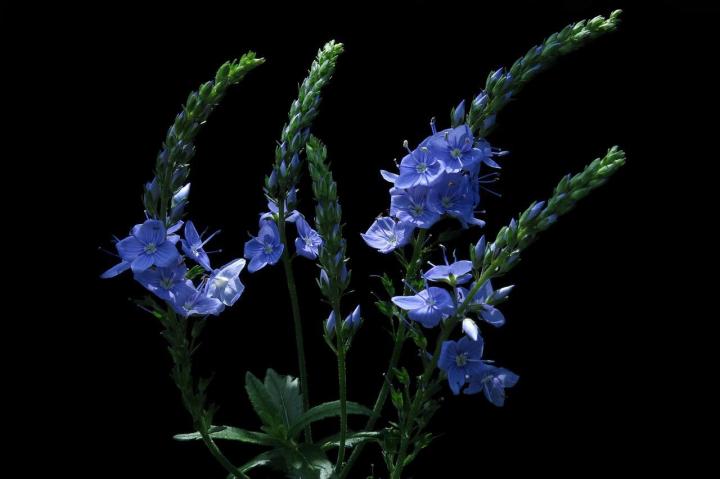
All plants presented here are excerpted from Realy’s upcoming book A Garden Catechism; 100 Plants in the Christian Tradition and Hot to Grow Them, releasing in 2022 through Our Sunday Visitor.

